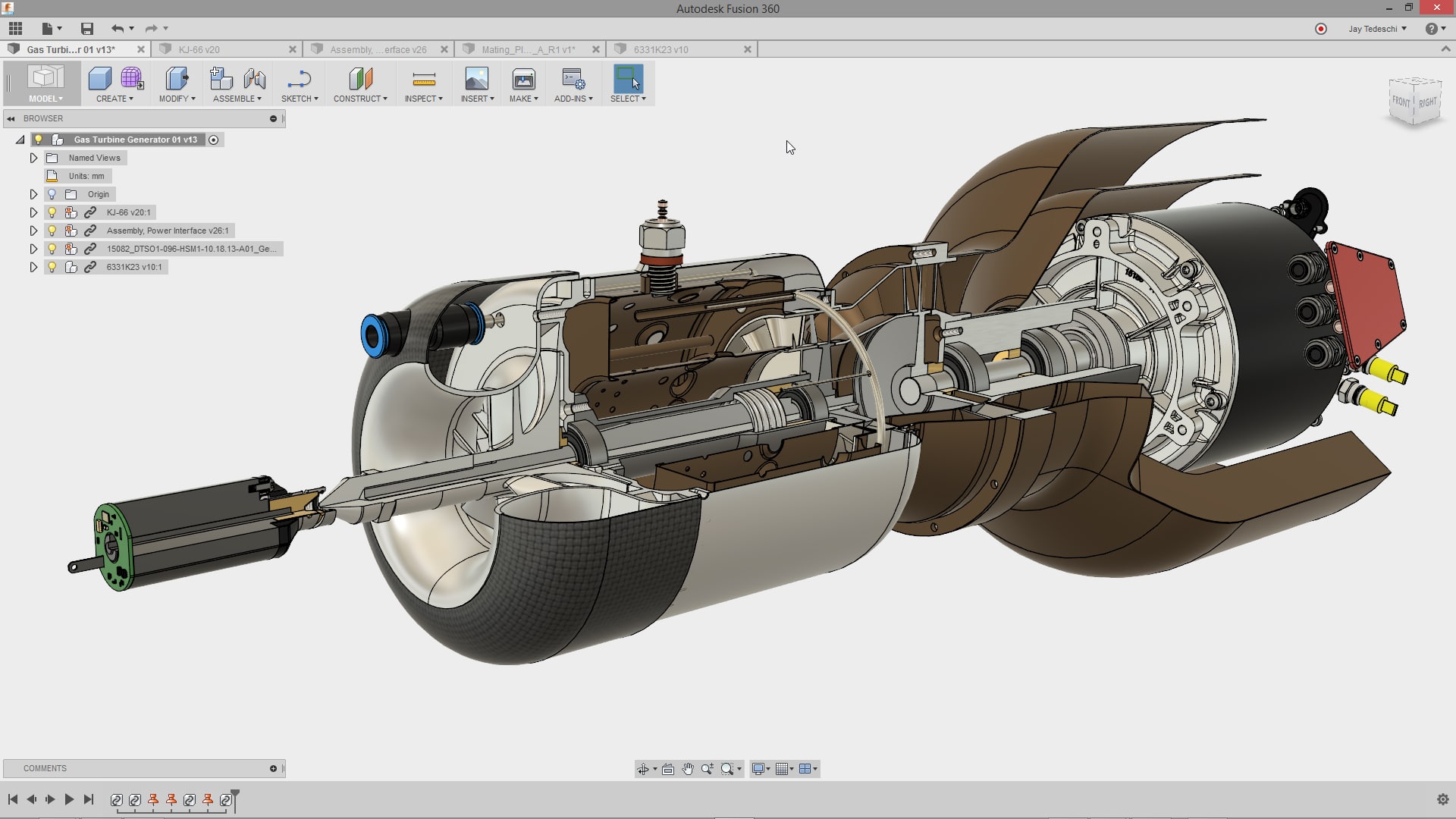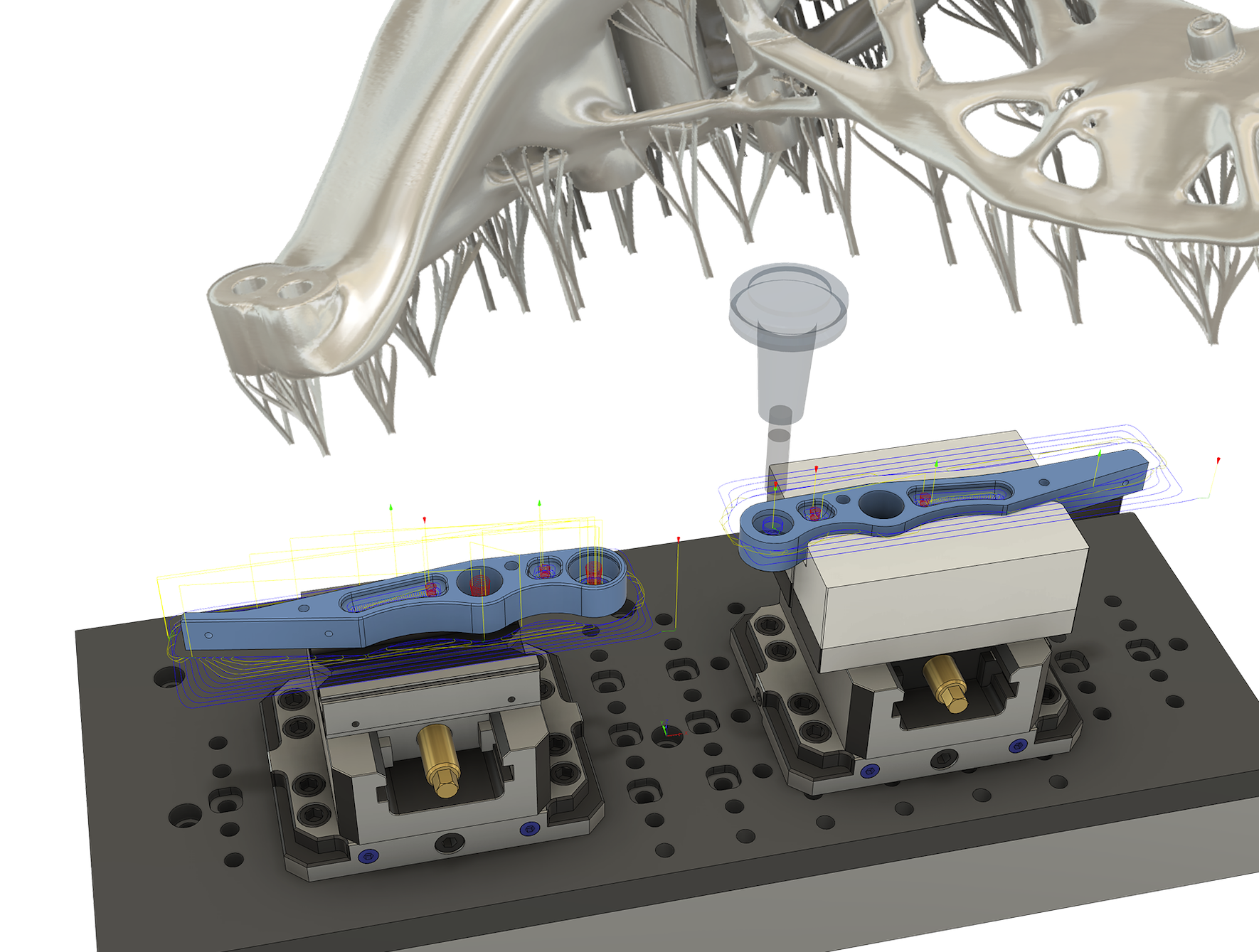

The simulation is also as realistic as possible since CATIA has integrated friction properties, centrifugal forces, stress analysis, and a capability that allows for multiple excitations and measures.

In the recent releases, Dassault Systèmes has improved CATIA’s simulation capabilities in that it now enables a designer to come up with a law, feed it into the software, and then use it to apply controlled variable forces. This smoothens and fastens the design phase of product development.įurthermore, the assembled parts and components can interact with each other simulating the actual movement as though the product were in use. Additionally, this feature is such that a designer can isolate a single component or surface, say the contact surface, virtually, doing away with the need to model other parts or components with which the surface will interact. Dassault Systèmes refers to this as creating a design session since it allows the designer or engineer to focus on just one section.ĬATIA also permits modification of assembled components, allowing designers to make changes on the go without having to disassemble a given section. For instance, it enables assembly and disassembly of parts, with the latter permitting the analysis and redesign of each component that makes up a given part. It achieves each of these functions through some distinct features.
Fusion 360 cad software#
That aside, what does CATIA do? CATIA is a parametric modeling software that combines product lifecycle management (PLM), CAM, computer-aided engineering (CAE), and CAD. If you work in a large organization in which product development requires the input of multiple designers and engineers, then V6 is the best option because it makes collaboration easier.

V6 also has a few enhancements up its sleeve but for the most part, both V6 and V5 share the same design architecture and, therefore, have an identical interface. While in V5, all the data is stored in local files, in V6, the information is stored in an online server that can be accessed by other users within an organization. The database on V6 is known as ENOVIA and it deals with some of the collaboration problems that could affect customers using V5. V6 is V5 that has an integrated data management platform that is more or less a cloud-based database. They’re mostly the same with the only difference being the supporting architecture. You may have noted that there are two different versions of CATIA – the V6 and V5. The journey since its first release has seen the development of many versions culminating in 3DExperience CATIA V6 R2021X and CATIA V5-6R2018. Like its previous name, CATIA is also an acronym that stands for computer-aided three-dimensional interactive application. The aircraft maker created a subsidiary called Dassault Systèmes in 1981, and thus CATIA was born following the renaming of CATI. CATI was developed to enable AMD to undertake 3D surface modeling and numerical control while using the CADAM software that was primarily a 2D software. At that time, it was an in-house software that AMD, a French aircraft maker that was later renamed to Dassault Aviation in 1990, used. This makes it necessary to review both of them and to explore their major differences, features, and history in the hope that we’ll assist in your decision-making process.Īvions Marcel Dassault (AMD) first released CATIA in 1977 as CATI. Being from different developers, however, they’re different. But there are also numerous similarities, the first of which is the category they fall under because of the similar capabilities and functions they offer.ĬATIA and Fusion 360 are similar in that sense – they’re used for product development, from the first stage (conceptualisation) to the last (manufacturing). Each of these products is distinct in its unique way, through the features and functionalities it offers. The increased need for computer-aided manufacturing (CAM) and CAD software – owing to the convenience and other numerous benefits – has compelled developers to develop these software products to meet customers’ needs. And in this guide, we add another comparison to the list – between Dassault Systèmes ’ CATIA and Autodesk’s Fusion 360. To this end, as Scan2Cad, we’ve compared several of these competing CAD products, namely AutoCAD and SolidWorks, AutoCAD and DraftSight, and Autodesk Inventor and SolidWorks. Despite being a force to reckon with, competitors exist and they also do well, ultimately rising to industry-leading standards. For any computer-aided design (CAD) software category in existence today, Autodesk has its in-house proprietary software.


 0 kommentar(er)
0 kommentar(er)
